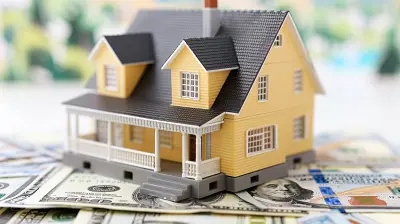Sustainable Interior Design: Decor Choices for an Eco-Friendly Home
20 July 2025
Sustainable interior design is more than just a passing trend—it's a lifestyle choice that benefits both the environment and your well-being. Whether you're renovating your home or simply updating your decor, making eco-friendly choices can significantly reduce your carbon footprint while creating a healthier space for you and your family. But how do you make your home stylish and sustainable at the same time?
In this guide, we’ll dive deep into the world of sustainable interior design, covering everything from eco-conscious furniture to energy-efficient lighting. By the end, you’ll have plenty of ideas to make your home greener without sacrificing aesthetics.
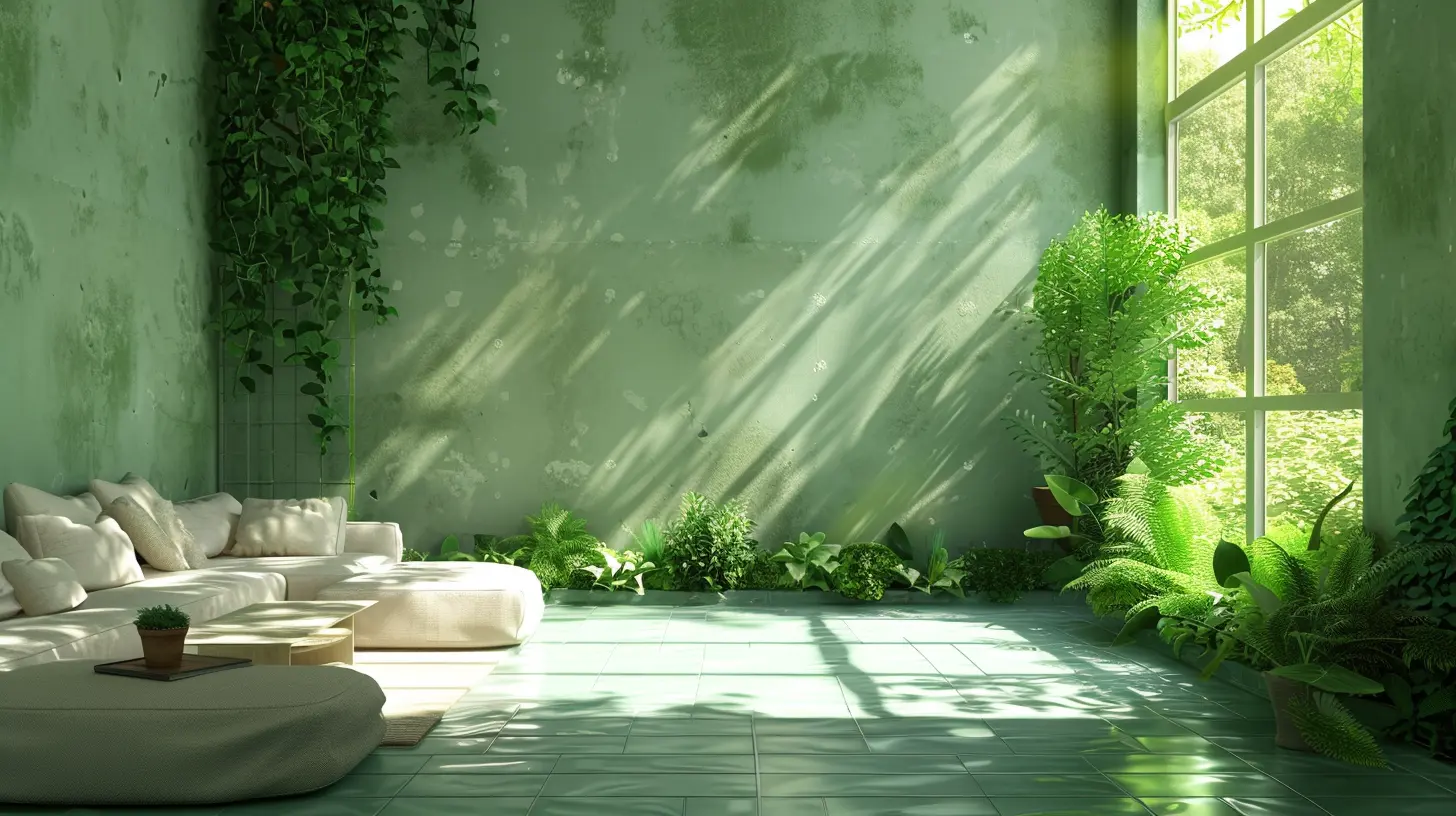
Why Sustainable Interior Design Matters
Before we jump into the nitty-gritty, let’s talk about why sustainability in interior design is so crucial. Our homes are filled with materials and products that can either harm or help the planet.- Reducing Waste – Fast furniture (like fast fashion) leads to massive amounts of discarded items in landfills every year.
- Lowering Carbon Footprint – Choosing sustainable materials helps cut down on pollution caused by manufacturing.
- Improving Indoor Air Quality – Many synthetic materials release harmful chemicals into the air, affecting your health.
- Supporting Ethical Companies – Buying from responsible brands encourages sustainable production practices.
Now that we understand why it matters, let’s dive into how to make your home more environmentally friendly.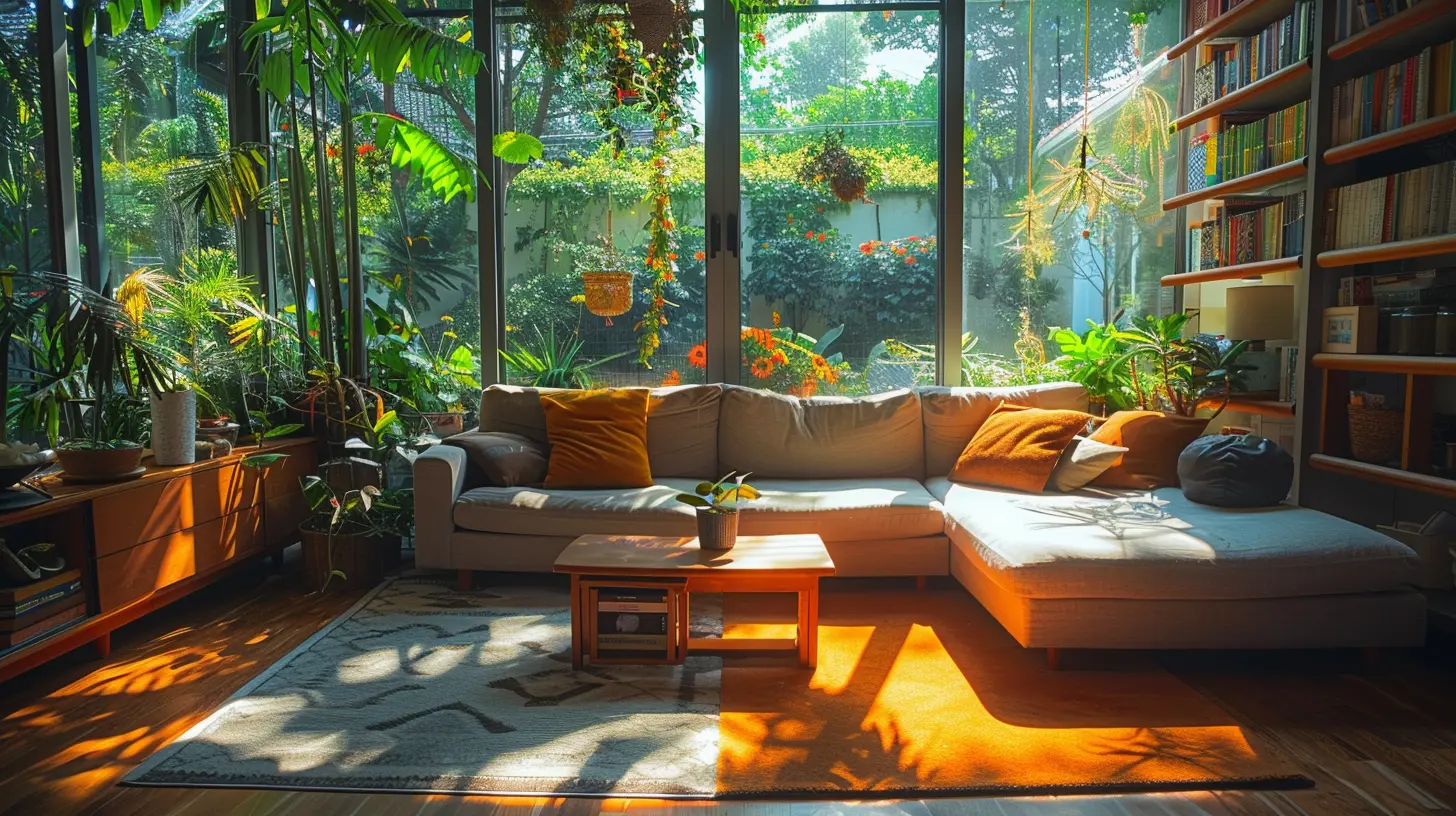
Sustainable Decor Choices for an Eco-Friendly Home
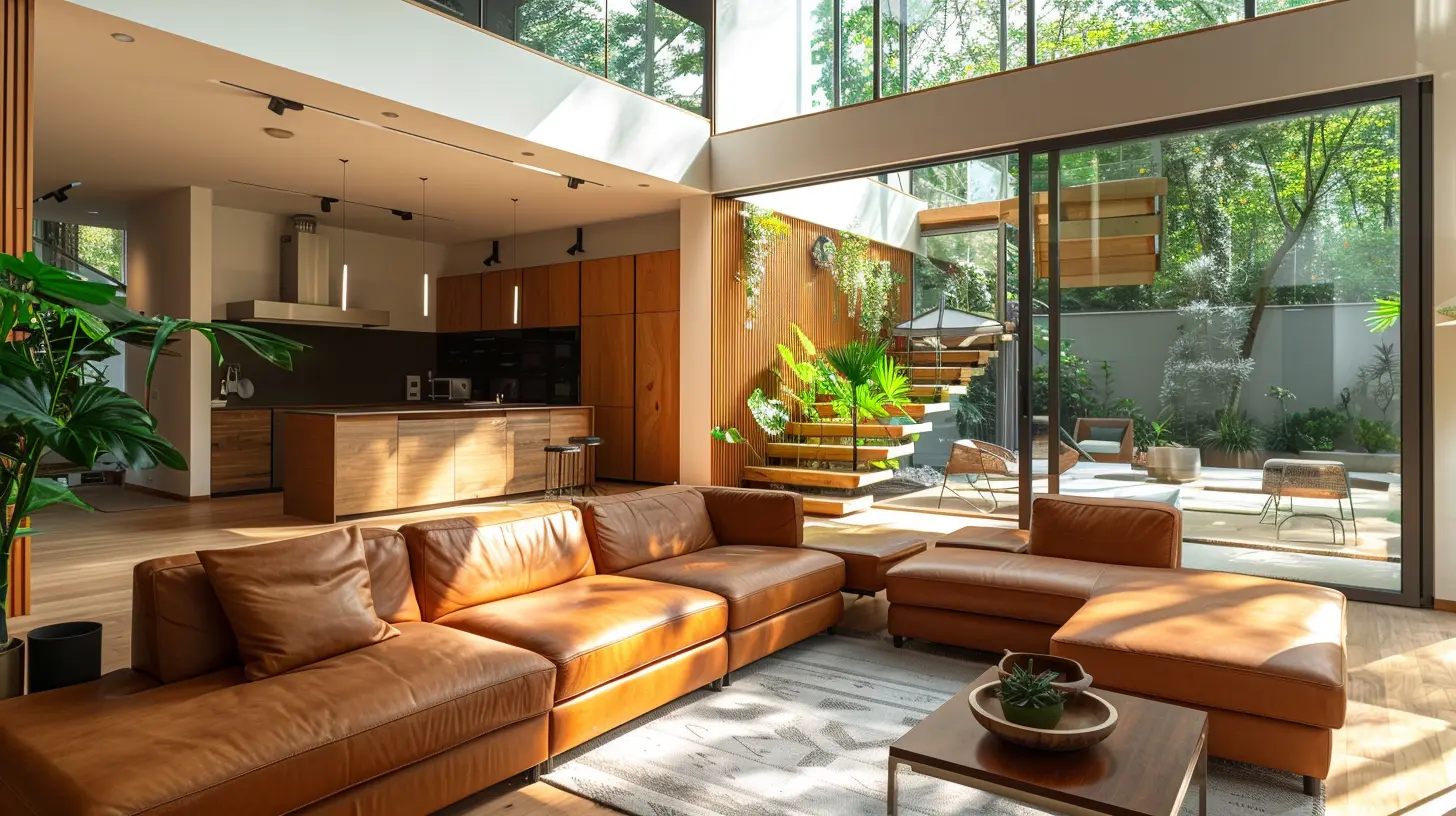
1. Sustainable Materials: Choose Wisely
When furnishing or decorating your home, the materials you choose play a crucial role in sustainability. Here are some of the best options:
Reclaimed Wood
Instead of buying newly processed wood, consider reclaimed or salvaged wood. It reduces deforestation and adds a rustic, lived-in charm to your space. Whether it's hardwood floors, dining tables, or open shelves, reclaimed wood is both beautiful and eco-friendly.Bamboo
Bamboo is like the superhero of sustainable materials—it grows incredibly fast, requires minimal pesticides, and is highly durable. It's perfect for flooring, furniture, and even decor elements like light fixtures and baskets.Cork
Yes, the same material used in wine bottles can be a fantastic design element! Cork is harvested without harming trees, making it one of the most sustainable materials available. It's great for flooring, wall coverings, and even furniture.Recycled Metal & Glass
Using recycled metal for furniture frames, wall art, or light fixtures reduces the demand for new raw materials. Similarly, recycled glass can be used for countertops, vases, or decorative pieces to add character to your home.2. Energy-Efficient Lighting
Lighting is one of the easiest ways to make your home more sustainable. Traditional incandescent bulbs are energy hogs, but there are better alternatives.LED & CFL Bulbs
Switching to LED (Light Emitting Diodes) or CFL (Compact Fluorescent Lights) can cut down your electricity consumption significantly. They last longer, consume less energy, and produce less heat.Natural Lighting
Maximizing natural light not only saves energy but also enhances the mood of your home. Use sheer curtains, larger windows, and strategically placed mirrors to reflect sunlight, making your space feel brighter and more open.Smart Lighting Systems
Want to take it a step further? Install smart lighting systems that allow you to automate and control lighting based on occupancy and time of day, reducing unnecessary energy use.3. Eco-Friendly Furniture
Most furniture is made with harmful chemicals like formaldehyde, which can negatively impact indoor air quality. Here’s how to make sustainable choices:Opt for Second-Hand or Vintage Pieces
Instead of buying new furniture, consider thrift stores, estate sales, or online marketplaces like Craigslist and Facebook Marketplace. Not only is this budget-friendly, but it's also a great way to reduce waste.Choose FSC-Certified Wood
If you’re buying new wooden furniture, look for FSC (Forest Stewardship Council) certification. This ensures the wood was sourced responsibly without contributing to deforestation.Avoid Toxic Finishes
Many furniture pieces use toxic adhesives and chemical-laden finishes. Opt for items labeled low-VOC (volatile organic compounds) or made with non-toxic finishes.4. Sustainable Flooring Options
Flooring can have a massive impact on sustainability, as some materials are resource-intensive and difficult to replace. Here are a few eco-friendly alternatives:- Bamboo Flooring – Strong, stylish, and sustainable.
- Cork Flooring – Soft underfoot and naturally resistant to mold and mildew.
- Reclaimed Hardwood – Gives old wood a second life while adding warmth to your home.
- Recycled Tiles – Made from repurposed glass, ceramic, or stone.
If replacing flooring isn’t an option, you can always improve sustainability by using natural fiber rugs made from jute, wool, or organic cotton.
5. Eco-Friendly Paints & Wall Coverings
You might not realize it, but your walls could be contributing to indoor air pollution. Many conventional paints release VOCs, which are harmful to both the environment and human health.Low-VOC or No-VOC Paints
Look for paints labeled low-VOC or zero-VOC to improve air quality in your home. These paints are just as effective as traditional ones but without the toxic chemicals.Wallpaper Made from Natural Materials
Instead of vinyl-based wallpapers (which contain plastic and toxic adhesives), go for organic cotton, grasscloth, or recycled paper wall coverings.6. Sustainable Textiles & Fabrics
Your choice of textiles—whether for curtains, upholstery, or bedding—can make a huge difference in sustainability.- Organic Cotton – Grown without harmful pesticides, making it a great alternative to regular cotton.
- Linen – Made from flax plants, linen is biodegradable and long-lasting.
- Hemp – A super-durable and eco-friendly fabric that requires minimal water to produce.
- Wool & Jute Rugs – Instead of synthetic fiber carpets, opt for natural wool or jute rugs for a cozier, greener home.
7. Indoor Plants for a Greener Home
What better way to make your home eco-friendly than by literally bringing nature indoors? Plants improve air quality, reduce stress, and add a beautiful natural element to your decor.Here are some low-maintenance, air-purifying plants to consider:
- Snake Plant – Requires little water and thrives in low light.
- Peace Lily – Absorbs toxins from the air while looking stunning.
- Aloe Vera – Not only purifies the air but also has healing properties.
- Spider Plant – Great for removing pollutants and requires minimal care.
8. Reduce, Reuse, Repurpose
One of the simplest yet most effective ways to practice sustainability in home decor is by following the 3Rs—Reduce, Reuse, Repurpose.- Reduce waste by investing in high-quality, long-lasting pieces instead of frequently replacing cheap items.
- Reuse decor by giving old furniture a makeover with paint, new upholstery, or creative upcycling projects.
- Repurpose items creatively—an old ladder can become a bookshelf, mason jars can be turned into light fixtures, and wooden crates can be stacked to make an industrial-style shelf.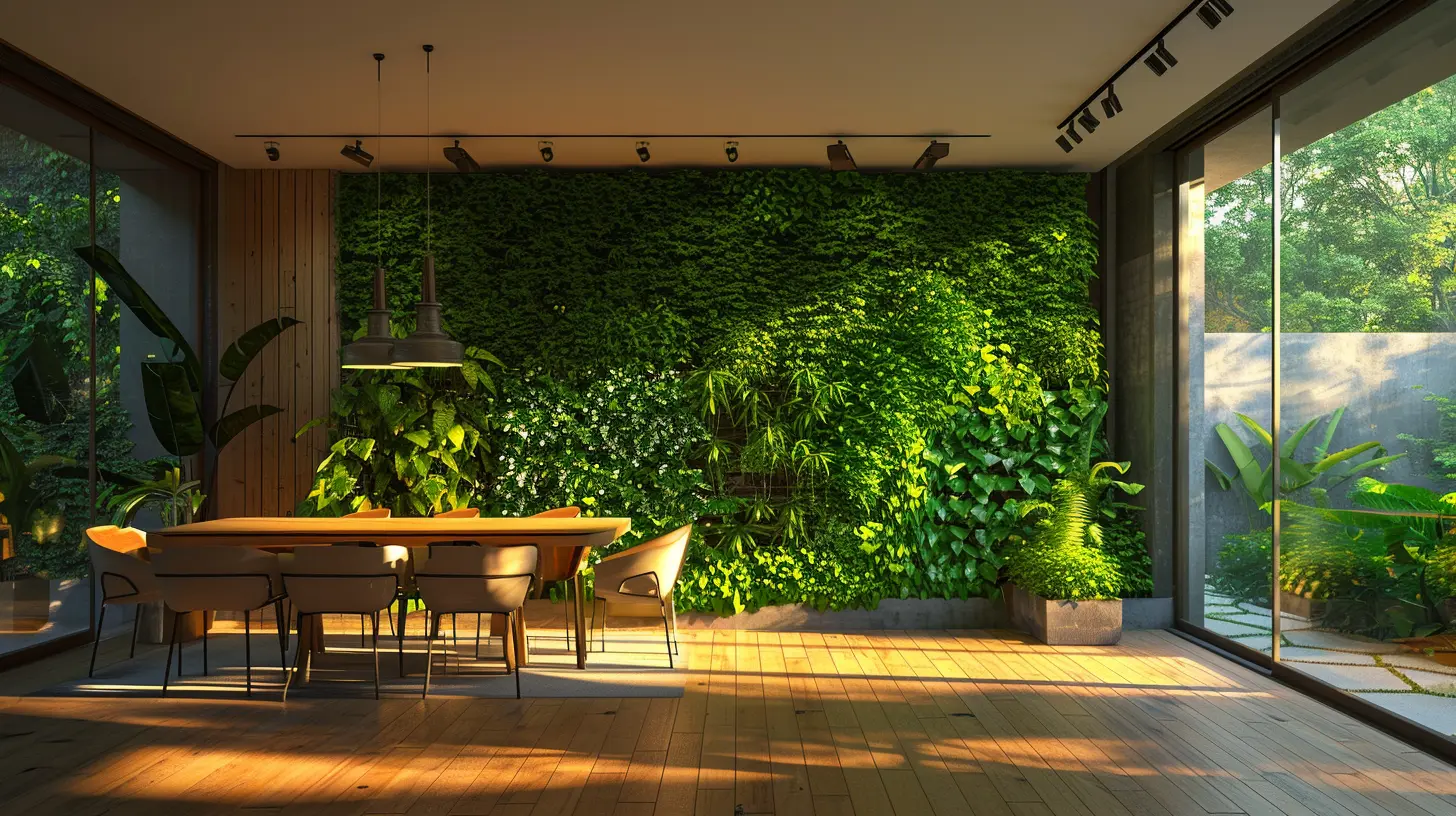
Final Thoughts
Sustainable interior design isn't about perfection—it's about making conscious choices that help protect the environment while creating a healthier and more beautiful home. Whether it's switching to eco-friendly materials, investing in energy-efficient lighting, or simply adding more indoor plants, every small step you take contributes to a greener future.Remember, sustainability should not mean compromising on style or comfort. With the right approach, you can have a home that is both stunning and environmentally responsible. So, next time you're making a decor decision, ask yourself: Is there a greener alternative?
Your home—and the planet—will thank you for it.
all images in this post were generated using AI tools
Category:
Sustainable HousingAuthor:

Cynthia Wilkins
Discussion
rate this article
1 comments
Orionyx Coffey
Great insights! Love the focus on sustainability!
August 5, 2025 at 11:13 AM

Cynthia Wilkins
Thank you! I'm glad you found it valuable!


